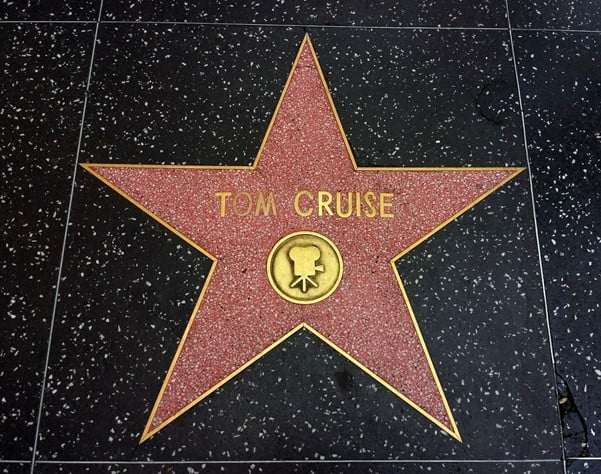
Key to The Eternal Business approach to employee engagement in employee owned firms is the concept of The Flag, a kind of ‘mission statement on steroids’. It means the purpose of the business, why you exist. Have this clearly defined and communicated is key to engaging employees and attracting the right customers.
In this guest blog, digital marketing expert Chris Hull looks at the importance of making mission statements come to life in the business and in marketing.
If ever there was a man on a mission it is Tom Cruise. One of the highest paid actors on the planet, numerous awards and moving deeper into producing and owning the whole show. He set out a plan and went for it. Some of the plan may have been a bit off course, but generally the kid done good. His personal and business missions were well defined.
Mission statements are, in theory, very useful at a personal and business level. Think about who you are, why you are who are, what you want to achieve and how you want to achieve it.
When was the last time you read a company’s mission statement? If they have one, it will often present some lovely words and robust sentiments to make them (and hopefully you, the end customer) feel more in touch with them. The general rule is the shorter the mission statement, the more they spent on it.
Why bother? If nobody is going to really take notice of it, do these vision, mission and value statements simply line the pockets of brand execs and attempt to make those at the top feel special?
As someone who has specialised in digital transformation, I’ve seen first-hand how some businesses like to talk up their values but don’t have the commitment to see these values manifest themselves in the day-to-day operations of their business. That’s where I get frustrated. It’s like doing up a rusty Italian classic car and not addressing the fundamentals of the chassis. It looks good for a while but its rubbish to drive.
Good looking website, but no real customer service on offer.
There’s no hiding place with digital. The basic needs of a customer are either met or they are not. If you can’t do the basics then don’t try anything fancy. Trust is so easily lost in a moment of digital fragility. If you set the expectation of being innovative, fast, friendly, then you need to ensure your web presence delivers on that, across the board.
My job is to bring the customer first and foremost into a business’s decision making. It’s not simply about defining the right tech or finding the right suppliers (that comes later). It is primarily about thinking through the needs of customers.
What are they challenged by, what options do they have, how can your business support them? When you start to break down the types or profiles of customer and then overlay their attitudes you start to understand how they will respond to technology.
Matching business values to customer reality means defining the flavours of digital interaction with customers. Get that right and the rest follows quite naturally. You then have a framework for defining top level customer journeys (how they go from A to B digitally to get something done) and opening up new ways of approaching old problems.
Vision, mission and value statements can get lost in the day-to-day business delivery. Get it right and be true to those words in the digital experiences you provide, and things become a whole lot clearer for everyone.
If all business leaders could only show the same level of commitment that Tom gives when he does his own stunts and hangs out of skyscrapers.
Chris Hull is a digital transformation consultant, helping businesses modernise and improve the performance of their marketing, operations and customer service. You can reach Chris via his website at digitalconsultation.co.uk







